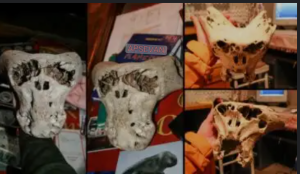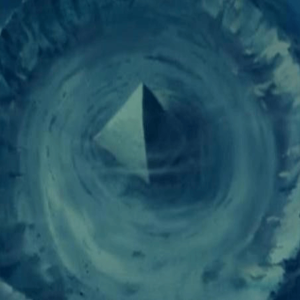The Legend Of Black Shuck- The Hellhound That Terrorized England During Harsh Winters
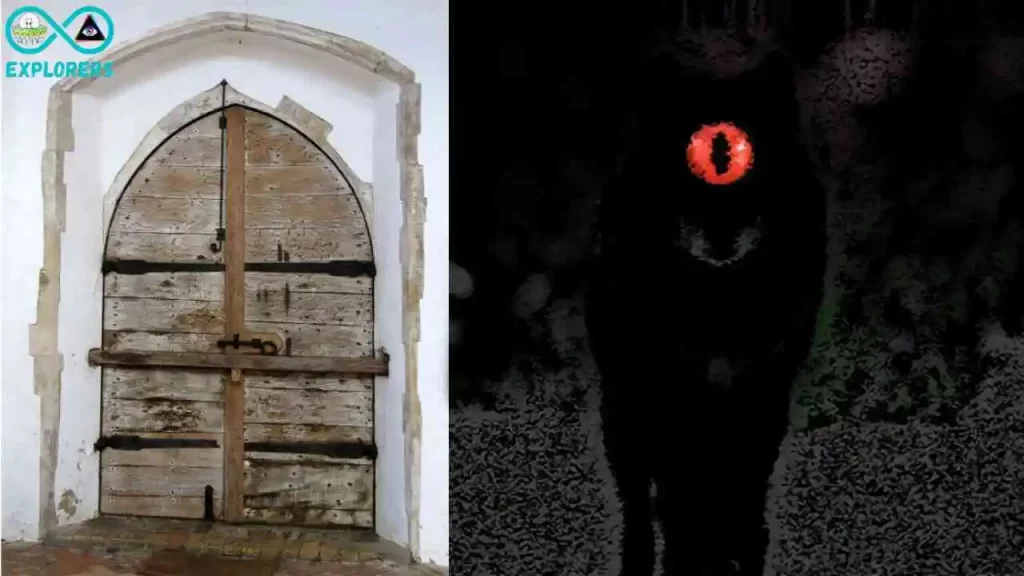
In this article, we are going to discuss the enigmatic devil dog. This dog with glowing eyes is said to have haunted England for generations. Black Shuck, Old Shuck, and even plain Shuck are all names for this enigmatic creature.
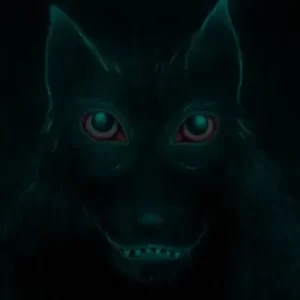
Natives of Bungay, England, were very much aware of what this devil creature, Black Shuck, was capable of. In one version of a legend from 1577, this gigantic hellhound was responsible for the deaths of two worshippers by knocking down the church doors during a lightning storm. After killing those two, the ghostly figure supposedly went the twelve kilometers to Blythburgh Church, where it murdered two more individuals.
The Origins Of The Black Shuck
The first known written record of the Black Shuck, a demonic black dog said to haunt the East Anglia region of England, dates back to 1127 in the town of Peterborough. There was quite a stir at the Abbey of Peterborough as soon as Abbot Henry of Poitou arrived:
“…it was the Sunday when they sing Exurge Quare o, D – many men both saw and heard a great number of huntsmen hunting. The huntsmen were black, huge and hideous, and rode on black horses and on black he-goats and their hounds were jet black with eyes like saucers and horrible. This was seen in the very deer park of the town of Peterborough and in all the woods that stretch from that same town to Stamford, and in the night the monks heard them sounding and winding their horns.”
As per the witness, these demonic beings lingered around the region for a period of 50 days during Lent and Easter. The events of 1127 were not limited to England; they were widely referred to as a “wild hunt” across Europe. The mythical foundations of the Black Shuck may be traced back to tales from all around central, western, and northern Europe, that tell of noisy, phantom wild chases over untamed territories.
According to Northern Culture, this wild hunt may have been connected to the fear of not making it inside before the harsh winter weather set in and the danger of freezing to death. It makes sense to think of the roaring winds as a band of hunters. Myths about the area’s supernatural threats were spreading as a means of keeping residents indoors. Comparatively speaking, harsh winds aren’t as dangerous as a pack of wild hunting dogs, but the outcome may be the same, which is death.
If a person does not try to escape from the Black Shuck, they may be murdered. More than a dozen regions in England, especially those that experienced the howling winds off the ocean, had legends of black shuck. The regions that had stories of black shucks include counties of Suffolk, Norfolk, East Anglia (Cambridge), Lancashire, Yorkshire, Staffordshire, Lincolnshire, and Leicestershire.
Descriptions Of Black Shuck
People who have encountered the Black Shuck describe it as a large dog, up to the size of a horse, with mangy fur. Some witnesses also describe the mythical hellhound as having a single, glowing red eye. The wild beast frothing at the lips made them look mad, feral, or extremely hungry.

Black Shuck with its glowing red eyes.
“He takes the form of a huge black dog, and prowls along dark lanes and lonesome field footpaths, where, although his howling makes the hearer’s blood run cold, his footfalls make no sound… . But such an encounter might bring you the worst of luck: it is even said that to meet him is to be warned that your death will occur before the end of the year. So you will do well to shut your eyes if you hear him howling; shut them even if you are uncertain whether it is the dog fiend or the voice of the wind you hear… you may perhaps doubt his existence, and, like other learned folks, tell us that his story is nothing but the old Scandinavian myth of the black hound of Odin, brought to us by the Vikings… .”
According to one description published in 1901
It was also stated that these hellhounds would arise out of nowhere and vanish just as rapidly. And if you did happen to get a sight of one, you may take it as a guardian spirit keeping an eye out for the family or as a sign of impending catastrophe, as reported by Modern Farmer.
Stories Of The Hellhound
Certainly, the dangerous Black Shuck was terrifying due to its appearance, but the stories of its encounter reveal the true terror of this enigmatic creature. The most well-known account of a Black Shuck apparition is found in A Straunge and Terrible Wunder, a 1577 essay written by Rev. Abraham Fleming of Bungay (modern-day Suffolk). It was an essay based upon an account of a hellhound’s attack on the church in 1577.
“This black dog, or the divel in such a linenesse (God hee knoweth al who worketh all,) running all along down the body of the church with great swiftnesse, and incredible haste, among the people, in a visible fourm and shape, passed between two persons, as they were kneeling uppon their knees, and occupied in prayer as it seemed, wrung the necks of them bothe at one instant clene backward, in somuch that even at a moment where they kneeled, they strangely dyed.”
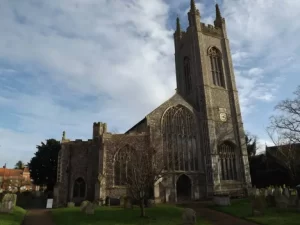
St. Mary’s Church in Bungay, England, site of one reported Black Shuck attack in 1577.
One of the recent accounts of Black Shuck comes from a man who sighted a dog similar to Black Shuck in 1905 that turned into a donkey and within a few seconds vanished into thin air. A little girl, aged four at the time, said that during World War II, a giant black dog went from her window, around her bed, locked eyes with her with those infamous red eyes, and then vanished before reaching the door.
That night, she had trouble falling asleep. In one of the other encounters with Black Shuck, which was in 1974, a 10-year-old boy witnessed a black animal with yellow eyes approaching him on a dark night. When he yelled for his mom, she explained that it was just a reflection of a car’s headlights outside his window. Having heard a tale of a council home haunted by a black dog ghost, the child was persuaded that his earlier testimony of a gigantic black dog was accurate.
The Explanations Behind The Myths
All these Black Shuck sightings and other demonic sightings are influenced by weather phenomena. Consider the sighting of Bungay, where buildings collapsed due to a thunderstorm, but the people blamed it on the devil. Often, due to harsh weather and lightning, a few stones would fall and cause a ruckus in the regions. At the same time, the lightning would start a forest fire, and the people would think that some sort of supernatural entity had caused this terror.
A severe storm blew down the spire of Holy Trinity Church in Blythburg during the sighting of the Black Shuck that year. Damage to the north entrance included scorch marks that are still visible today. Some individuals, rather than seeing the storm as a natural occurrence, attributed the deaths of two people to the devil.
Some people think the Catholic Church was trying to terrify people into sticking with their church during the time of the Reformation in Europe, which is why reports of a Black Shuck sighting in the aftermath of the Blythburg tower fall circulated so widely and became so widely believed.

The inside of the door of Holy Trinity Church in Blythburgh. some say those scorch marks were left by a devil dog.
Many people believe that the story of Black Shuck was used by parents to prevent their children from entering certain rooms and also to keep their children away from the wild, scary dogs.
Was A ‘Real-Life Black Shuck’ Ever Discovered?
With the 2013 discovery of a large dog skeleton near an abbey in Leiston (south of Bungay in Suffolk), the Black Shuck mythology was brought back to life. According to the Daily Mail, the skeleton belonged to a seven-foot, 200-pound male dog.
In spite of this, specialists think it was likely only a Great Dane, one of the largest dog breeds in the world. Finally, it is concluded that the mythical Black Shuck was merely a massive dog, most likely belonging to the breeds of Irish wolfhounds, St. Bernards, Mastiffs, Newfoundlands, and Great Pyrenees, to name a few of the dogs that can reach monstrous proportions, and their large size may have inspired beliefs about hellhounds even up to the present day.



